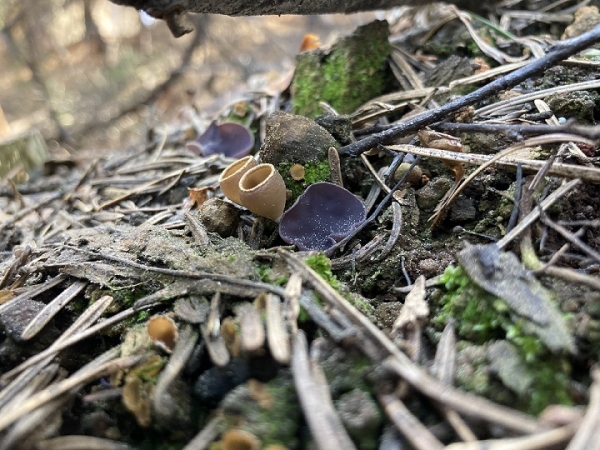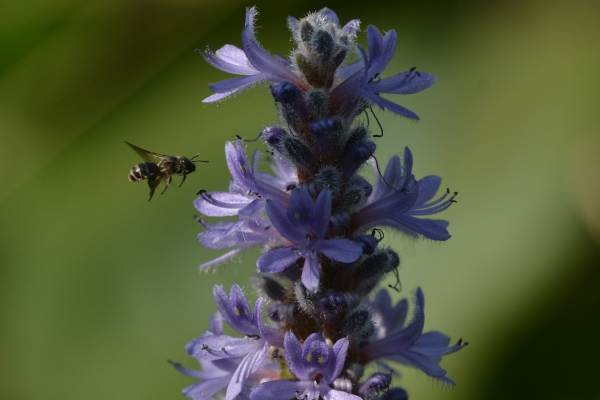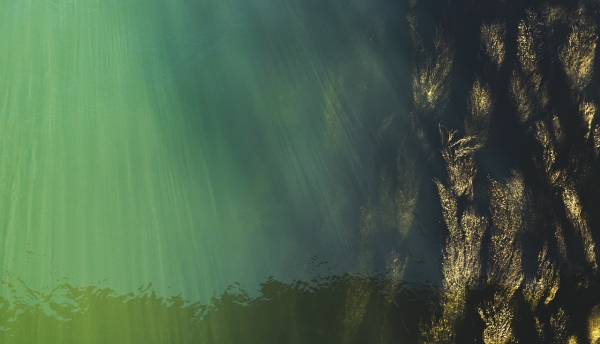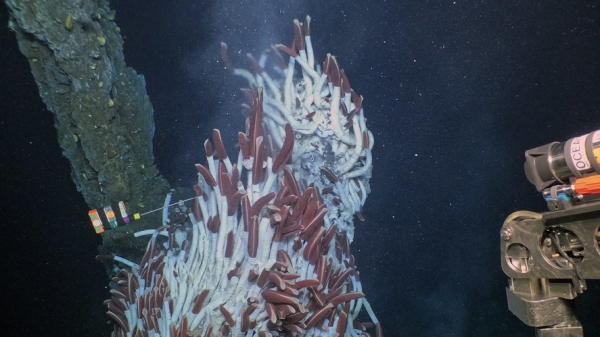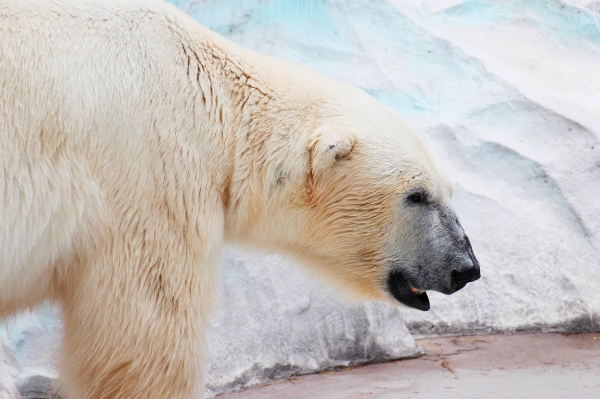As B.C. faces increasingly severe wildfire seasons, new research at UBC is revealing the hidden helpers at work underneath the ash.
articles
Ohio State, State of Ohio Harness Skills to Save Wildlife
Just how many species of bees live in Ohio? Based on other states, estimates land between 400 and 450. Until recently, there hasn’t been a way to be sure.
Reusable Nanofiber Membrane Filters Water Sustainably
The antimicrobial triclosan is widely used in personal hygiene products, textiles and plastics, but when it enters the environment via wastewater, it poses a significant threat to aquatic organisms.
Scientists Uncover a New Way to Forecast Eruptions at Mid-Ocean Ridges Through Hydrothermal Vent Temperatures
A new study published in the Proceedings of the National Academy of Sciences (PNAS) provides scientists with a powerful new tool for monitoring and predicting tectonic activity deep beneath the seafloor at mid-ocean ridges—vast underwater mountain chains that form where Earth’s tectonic plates diverge.
Satellites and Space Trash Threaten the Ozone Layer and Space Safety
Every year, we shoot several thousand satellites and other objects out into space.
Polar Bears Act as Crucial Providers for Arctic Species
New study shows polar bears annually provide millions of kilograms of food, supporting a vast arctic scavenger network.

